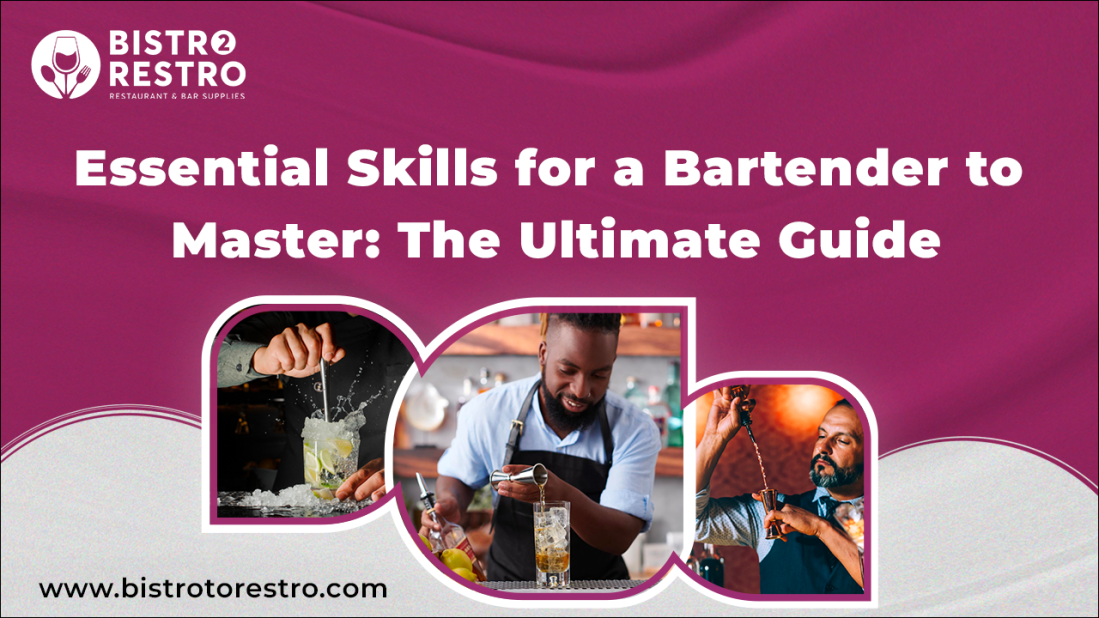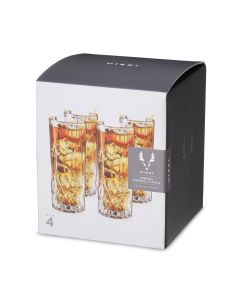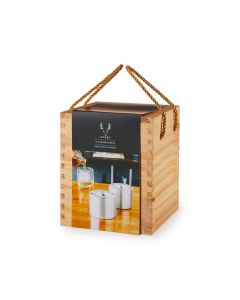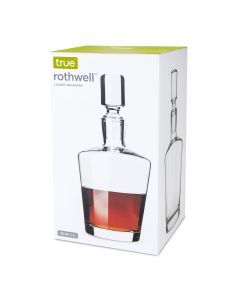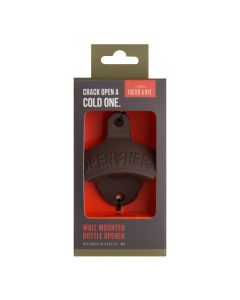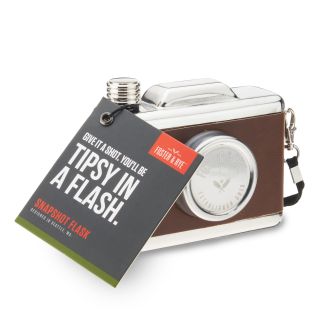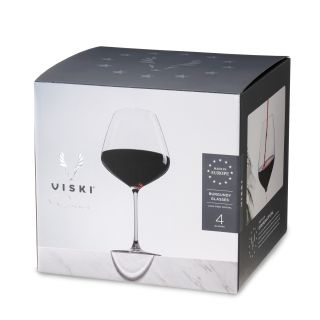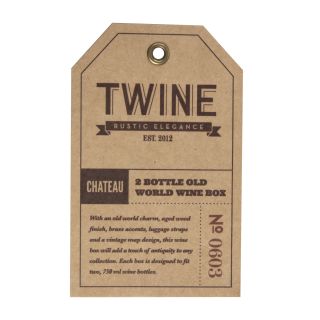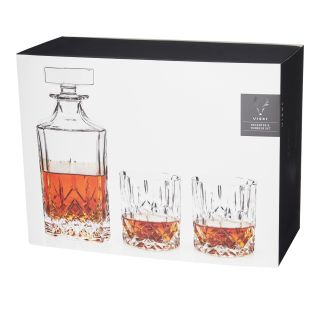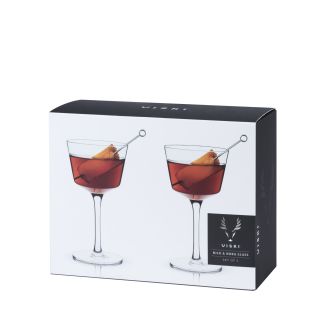Being a bartender isn’t just about mixing drinks and serving customers—it’s an art form. Whether you’re new to bartending or looking to sharpen your skills, this ultimate guide will walk you through the essential skills that every bartender must master. From understanding bartender duties to knowing the bartender drink recipes that will impress your customers, you’ll discover everything you need to elevate your bartending game. Let’s dive in!
The Essential Bartender Kit
Every great bartender starts with a solid bartender kit. The right tools are crucial for crafting cocktails efficiently and consistently. A well-equipped bartender kit includes:
Shaker: A cocktail shaker is essential for mixing drinks like margaritas, daiquiris, or any drink that needs to be chilled and combined thoroughly.
Strainer: The strainer helps you pour your cocktail without the ice or any unwanted ingredients.
Jigger: A jigger measures your liquor precisely, ensuring that you maintain the perfect balance of ingredients in your cocktails.
Bar spoon: A long spoon used for stirring drinks, such as martinis and old-fashioneds, where you don’t want to shake the ingredients.
Muddler: A muddler is essential for crushing fruits or herbs, such as mint for mojitos, to release the flavors into the drink.
Having these basic tools in your bartender kit will make a big difference in your ability to create top-quality drinks every time.
Understanding Bartender Duties
A bartender’s responsibilities extend far beyond simply mixing drinks. While it’s important to know how to make a variety of cocktails, bartender duties include maintaining a clean work area, managing inventory, handling cash, and providing excellent customer service. Some of the key duties include:
Customer Service: Creating a welcoming atmosphere, taking drink orders, and offering recommendations.
Cash Management: Handling payments, giving change, and tracking tabs for customers.
Stocking and Restocking: Ensuring that all ingredients and supplies are stocked and ready for use, including the bartender accessories like glassware and garnishes.
Cleaning and Organizing: A clean bar is a must. Bartenders should regularly clean glasses, counters, and utensils, and keep their work area free from clutter.
Mastering these bartender duties will help you establish a reputation as a professional and reliable bartender.
Checkout: The Ultimate Guide to Restaurant Supplies: Everything You Need to Know
Mastering Classic Bartender Drink Recipes
No matter where you work, there are a handful of drinks every bartender should know. These classic cocktails are staples on almost every drink menu. Knowing the recipe for each drink by heart will give you confidence and speed, especially during busy shifts. Some essential bartender drink recipes include:
Martini: A simple mix of gin and vermouth, served in a chilled glass with an olive or lemon twist.
Margarita: Tequila, lime juice, and orange liqueur, typically served in a glass with a salted rim.
Old Fashioned: Whiskey, bitters, sugar, and water—this timeless drink is often garnished with a cherry and orange peel.
Mojito: A refreshing cocktail made with rum, mint, lime, sugar, and soda water.
Negroni: A three-part cocktail consisting of gin, vermouth rosso, and Campari, garnished with an orange twist.
These drinks form the foundation of bartending and should be practiced until they become second nature. With time, you’ll also get to experiment with your own twists and new concoctions.
The Art of Mixing Drinks and Creativity
While it’s essential to know the bartender drink recipes for the classics, great bartenders also know how to mix drinks creatively. Having a flair for combining flavors, textures, and colors to create new drinks will set you apart from others. Whether it’s shaking up a new cocktail for a special event or experimenting with seasonal ingredients, creativity is key to being a standout bartender.
One way to enhance your creativity is to learn more about bartender drink recipes from various cultures and regions. For instance, Mediterranean-inspired cocktails often feature herbs like basil or rosemary, while tropical drinks focus on fruit juices and rum. Don’t be afraid to experiment and create unique drinks for your customers, as long as you understand the fundamentals.
Pursuing Bartender Certification
While there’s no one-size-fits-all approach to becoming a bartender, bartender certification can be a huge asset. Certification programs provide bartenders with the opportunity to learn important concepts like responsible alcohol service, mixology techniques, and customer service strategies. Some well-known bartender certification programs include:
TIPS (Training for Intervention Procedures): This certification focuses on responsible alcohol service, teaching bartenders how to spot intoxicated customers and how to handle situations safely.
Bartender Certification from the United States Bartenders' Guild (USBG): This program is ideal for bartenders looking to advance their skills in mixology, spirits knowledge, and customer service.
Having bartender certification can help you stand out in a competitive job market, and it often leads to higher pay and more opportunities for career advancement.
Investing in the Right Bartender Accessories
To be efficient and stylish behind the bar, bartenders should invest in quality bartender accessories. These accessories go beyond the basic tools in your bartender kit and can enhance both your performance and the overall bar experience. Some must-have bartender accessories include:
Quality Glassware: The right glass enhances the presentation and drinking experience of a cocktail. Different drinks require different glassware, such as martini glasses, highball glasses, and rocks glasses.
Bar Mats and Coasters: These accessories help keep the bar area dry and clean, preventing slips and spills.
Ice Tools: A good set of ice tongs or an ice scoop is essential for handling ice hygienically and efficiently.
Cocktail Garnish Tools: From peelers to zesters, these accessories help you garnish your drinks with style, adding an extra layer of sophistication to your cocktails.
Investing in high-quality bartender accessories shows that you take your craft seriously and are committed to providing the best experience for your customers.
Refer - Essential Tools Every Bar Should Have
How to Be the Best Bartender?
Being the best bartender goes beyond knowing the right drinks and using the right tools. It's about creating a memorable experience for your guests. Here are some tips on how to stand out in your role:
Know Your Customers: Learn your regulars’ names, drink preferences, and even their stories. Building rapport with customers makes them feel welcome and valued.
Be Efficient: During busy hours, efficiency is key. Stay organized, keep the orders flowing, and maintain a calm demeanor even when things get hectic.
Master the Art of Multitasking: Bartenders juggle several tasks at once, from mixing drinks to taking orders to handling payments. The best bartenders excel at multitasking without sacrificing quality.
Stay Friendly but Professional: While it’s important to connect with your customers, maintaining a level of professionalism ensures that you’re taken seriously and that your work environment remains respectful.
Being a bartender is a rewarding and dynamic career, but it requires mastering a range of skills. From having the right bartender kit to knowing the classic bartender drink recipes and continually improving through bartender certification and best bartending books, there’s always something new to learn. By focusing on excellent customer service, mastering bartending techniques, and using the best bartender accessories, you’ll be well on your way to becoming a top-tier bartender.
No matter where you are in your bartending journey, remember that the best bartenders are always learning, growing, and evolving. So grab your bartender recipe book, get creative, and start mixing up some fantastic drinks! Cheers!
FAQs
What are the three rules of being a bartender?
The three rules of being a bartender are:
Deliver exceptional customer service by being perceptive, amiable, and well-informed.
Ensure responsible alcohol service by monitoring customers' intoxication levels and refusing service to those who are visibly intoxicated
Maintain a clean and organized bar while efficiently preparing and serving drinks.
What is the first responsibility of a bartender?
Provide exceptional customer service. This includes greeting customers, taking drink orders, preparing and serving drinks, and ensuring that customers have an enjoyable and safe experience at the bar.
How much to tip the bartender?
Tipping practices can vary, but a common guideline is to tip 15% to 20% of the total bill. Adjust based on the complexity of your order, service quality, and the local tipping culture.

